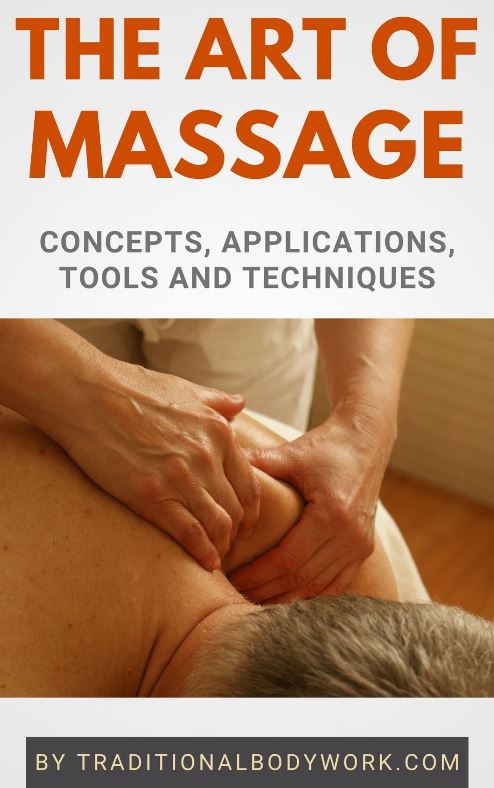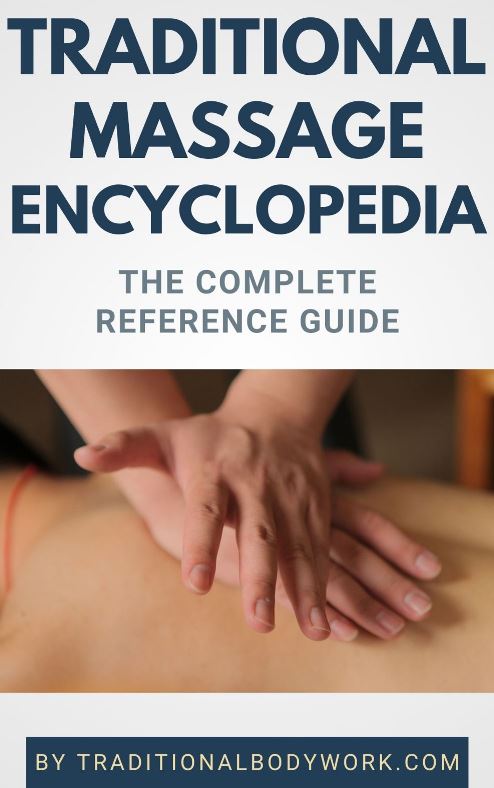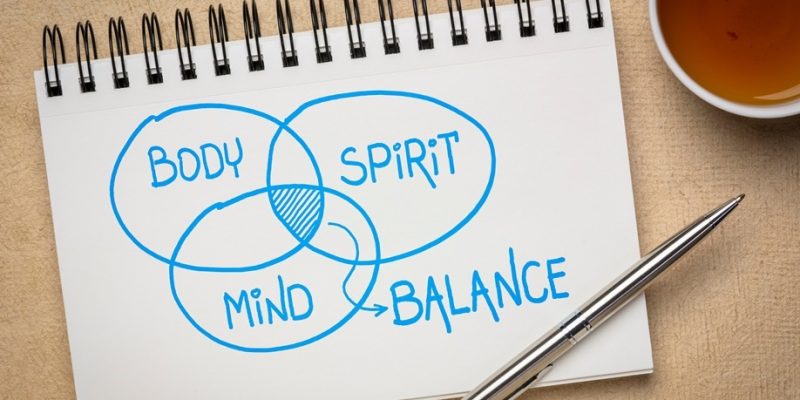
Holistic Client Assessment in massage therapy is the process of collecting broad, all-inclusive and integral information about a client’s physical, mental, emotional, and spiritual situation in order to provide effective, safe, and individualized massage treatments.
It involves considering a client i.e. “the receiver” as a multi-faceted “entity,” a complex person and being, rather than only focusing on their specific complaints, symptoms, or health conditions. The idea here is that a holistic “whole-person” approach will make for more successful massage treatments.
Holistic Client Assessment may consist of several actions performed by the massage therapist in cooperation with the client. Below we discuss some of the most important elements:
Using a Client Intake Form

Massage therapists may ask clients to fill out a Client Intake Form that collects information such as contact details, their job occupation, daily activities and hobbies, medical history, current health conditions and issues, medications, and any particular concerns, goals, needs, or expectations with regard to the massage session.
The information found on a Client Intake Form can help therapists to better understand the client’s background, lifestyle, while detecting potential massage precautions and /or contraindications. It also gives pointers for the type of approach that needs to be followed, the massage techniques that will be applied, and the specific massage therapy the therapist may want to supply.
Typically, a Client Intake Form is used for a first time contact between the therapist and client, and is subsequently updated during the course of a massage treatment cycle.
Verbal Communication and Inquiry
Apart from asking receivers to fill out a Client Intake Form, therapists will usually talk with their clients to gather more information before actually engaging in the massage session. A Client Intake Form may form the basis of these inquiries, but other and additional questions may also be asked.
For the therapist it’s also a moment to gain trust and help the client to feel at ease. Moreover, some things may not have been asked in an intake form, and the client may address these topics more informally — whether they be physical, emotional, or mental — in a personal get-to-know-each-other conversation with the massage therapist.
Additionally, therapists receive the opportunity to explain how they work, their usual approach, what they will do, the process and sequence of a session, what they expect from the client, what the client can expect from them, and so on. Issues of mutual consent may also be addressed.
Observation and Physical Body Assessment
As part of a holistic assessment approach, massage therapists may also visually observe the clients posture, their movement patterns, range of motion, and body language to collect more information about their physical and mental condition.
This type of assessment can help to further identify areas of tension and obstruction in the body, muscle imbalances, structural postural misalignments, or even emotional trauma that may require specific attention or an adapted approach during a massage treatment session.
Palpation and/or Initial Whole-Body Assessment
With the hands and fingertips, massage therapists may also use palpation techniques to check on clients muscle tone, texture, reaction, temperature, and areas of sensitivity, pain, or tension.
The therapist may also first give the client a gentle Full Body Massage or exercise session during which the therapist can more thoroughly identify “problem areas” in the body or of body parts, or use techniques that trigger causal and relational reactions and/or incite (i.e. invite) the surfacing of past traumatic experiences that need to be worked on.
Psychosomatic Assessment
Psychosomatic Client Assessment is an important part of the massage therapist’s work, and involves understanding if the physical pains or discomforts the client experiences are connected to emotional i.e. psychological pains or discomforts.
It typically means that the therapist will question the client if they notice specific physical aggravations (what exactly, where in the body, and how long does it stay) when they are under stress or — by contrast — perhaps notice an emotional or psychological aggravation when engaging in a physical activity or in a certain posture.
Energetic Assessment
Depending on the type of massage therapy, masseurs may include an “energetic assessment” that serves to assess the client’s Life Energy flow, the state and functioning of the Chakras, or other energetic aspects. The results of this assessment typically influences the techniques that will be used and the specific points of focus.
Documentation, Feedback, and Progress
Throughout the assessment process and the subsequent massage sessions, therapists will typically document their findings, observations, and results, while including the client’s feedback in their reports. This forms the basis to help track progress over time and for adaptions of the masseur’s treatment plan.
















